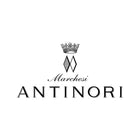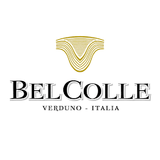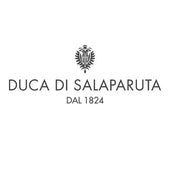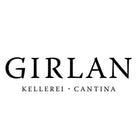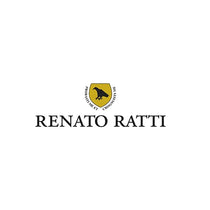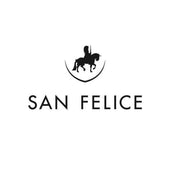It is the result of a varietal base that includes the same Sangiovese grapes used by the Marchesi Antinori to produce the Chianti Classico Riserva and Brunello di Montalcino, with one exception: in the "Villa Antinori", bunches of Cabernet Sauvignon, Merlot and Syrah are also added to the Sangiovese grapes in decreasing proportions.
After one year of maturation in barriques, the "Villa Antinori" is presented as a historic red, first vinified in 1928 under the Chianti appellation and passed under IGT Toscana in 2001. It is made from a rigorous selection of the best grapes coming exclusively from the Tuscan estates of the Marchesi Antinori.
Almost a century after its first vintage, it remains one of the Italian reds with the best value for money. For a safe choice, opt for this wine and you will discover another excellence labelled Antinori, a company whose prestige and fame are unsurpassed today.
Tasting Notes: deep red in color. The nose is intense and complex, characterized by notes of berries such as blueberry and plum combined with hints of toasted hazelnuts, spices and vanilla. The palate is full-bodied, round, with soft and velvety tannins, long and savory.
Pairings: perfect for pairing with second courses of earthy cuisine, it is excellent with grilled pork.
| Name | Antinori Villa Antinori Red 2022 |
| Type | Still red |
| Classification |
IGT Tuscan or Tuscan
|
| Year | 2022 |
| Format | 0.75 l Standard |
| Country |
Italy
|
| Region | Tuscany |
| Grape varieties | Merlot, Sangiovese, Syrah, Petit Verdot |
| History | Villa Antinori is first and foremost an idea, a way of conceiving wine production: as experimentation and evolution on the one hand, as historical value on the other. Villa Antinori was introduced in 1928 by Marquis Niccolò Antinori, father of Piero Antinori, as the first Chianti Classico created to be aged and improved over time. In 2001, Piero Antinori inaugurated a new evolution of the Villa Antinori which became a Tuscan IGT. The label design has remained virtually unchanged throughout its long history. |
| Harvest | The harvested grapes were destemmed and softly crushed and transferred to special thermo-conditioned tanks. |
| Vinification | The alcoholic fermentation lasted 5 to 7 days while the maceration lasted for 8 to 12 days. Fermentation temperatures did not exceed 28 °C for the Cabernet, Sangiovese and Petit Verdot grapes, thus favoring the extraction of color and sweet tannins. In the case of Syrah and Merlot grapes, temperatures never exceeded 25 °C to preserve their aromatic components. |
| Aging | Following the malolactic fermentation occurred in October and November, the wine was transferred to barrels of French, Hungarian and American oak where it began its maturation period. |
| Grade alcohol | 14.00% by volume |
| Production vintage | 2,800,000 bottles |
Product title
Vendor
€19.99 | €24.99
Product title
Vendor
€19.99 | €24.99
Product title
Vendor
€19.99 | €24.99
Product title
Vendor


